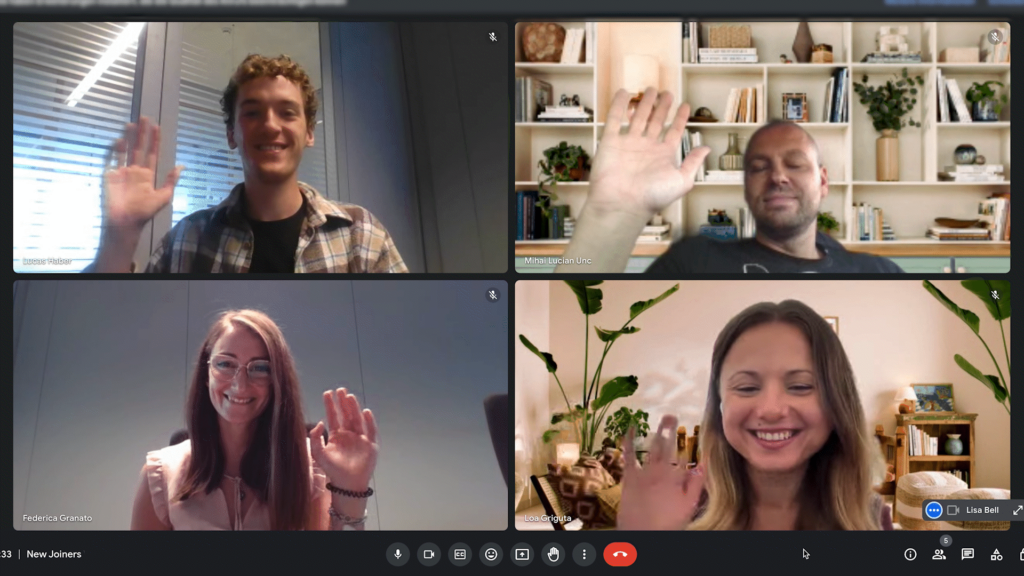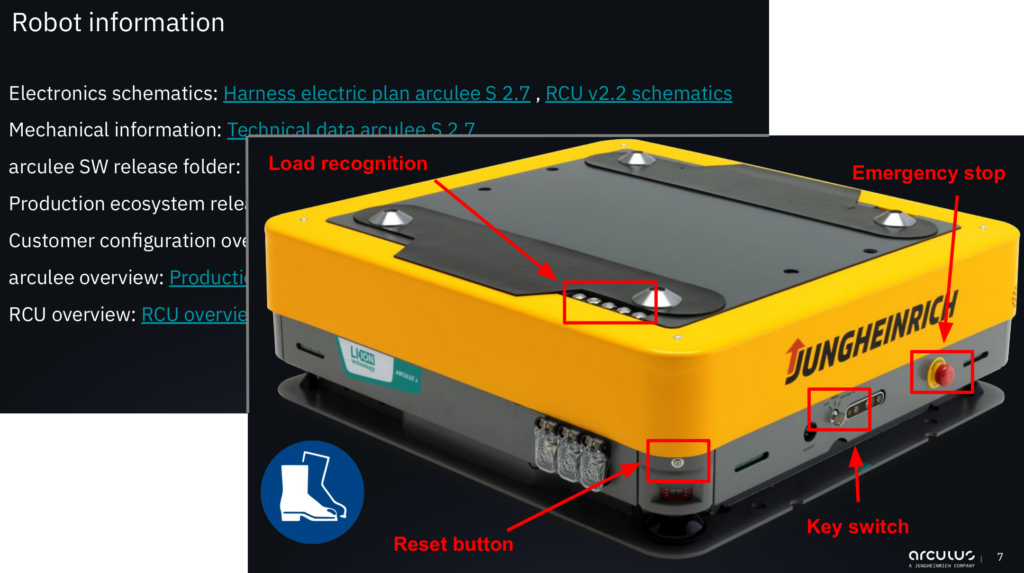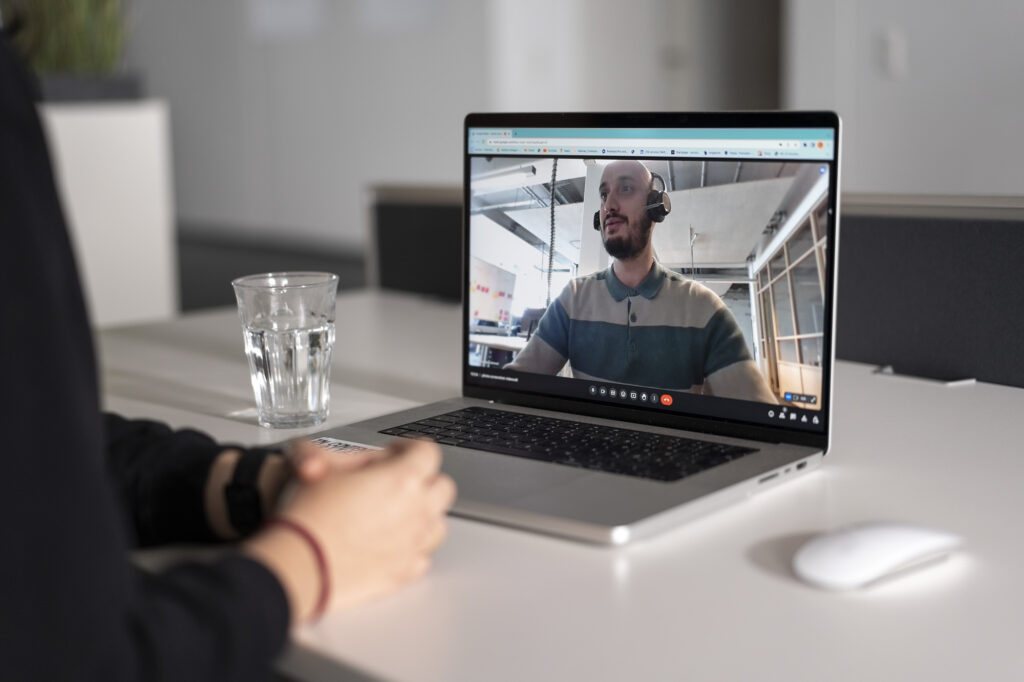arculus has very diverse teams. Ranging from commercial and content, through web and cloud, to mechanics, electronics, service and production — to name a few. And, just like our teams, our solutions are very broad in spectrum. This makes onboarding new team members quite a challenge: the new employee needs to know about the product to be able to perform best at their new job, but the learning curve is very steep.

How it all started
Six years ago, when I joined the company, not much had been developed. Onboarding was quite straightforward: a colleague would sit with you, and in half a day, you would have all the knowledge needed. Since then, many more products, processes and technologies have been developed and introduced. Understanding them and the reasons why certain decisions were made is key for a new joiner to best contribute to the company.
Such an understanding can be passed on to new employees by allowing them to know the technologies and motivating them to ask questions. To achieve that, and in an attempt to give new joiners the best opportunity to grow into the company and deliver their best work, I came up with introductory training courses. Every few months, I will dedicate a week to preparing, organizing and presenting the courses. The goal is simple: ensure that everybody knows enough about our products to excel at their job.
The courses
Initially focused on our production team — responsible for producing the robots — the training courses guide the trainees, step by step, through the different levels of complexity of our AMR (Autonomous Mobile Robot). Starting with the basics in the course arculee rendezvous, the new joiners receive safety instructions, as well as information about robot operation and functionality. A robot is always available on-site so that newcomers can test it for themselves and apply their newly gained knowledge directly in practice.
After the participants know the basics about the arculee and feel confident controlling it — be it with our fleet manager or with the Robot UI — it is then time to take a step back from the products and learn some tech fundamentals. The follow-up lesson is called Linux basics. This is where we dip our toes into the world of Linux, how it works, and what it can do. The main goal of this module is to take the fear of Linux operating systems away from people who are used to working with Windows and Mac computers — an important step for the last and, for some, most important course: helping an arculee.

helping an arculee teaches the employees everything they need to know to help an arculee in need. For instance: if a production team member needs to deliver a new robot, but the robot presents issues after the initial assembly, they may need to go deep into the robot software to find out the cause of problems. And that’s one example of when this course comes into play.
The training courses provide the students with enough material and content to understand the system, lose the fear of working with it, and communicate with their team members in a common language.
The impact
After conducting several sessions of the training courses, I’ve had a wide variety of participants. From content team members to embedded software developers and every technical knowledge level in between. I’ve taught people who are very familiar with the products and people from Jungheinrich, to whom the system was entirely new to start with. The broad spectrum of the courses, along with this wide range of participants, makes for very interesting results so far:
- New joiners are very happy to have their start in a company boosted forward by such training;
- The training courses end up giving the participants points of contact within the company and making them feel more welcome in the team;
- It gives people an opportunity to use the robot, to have hands-on experience on how it works, and, thanks to that, to feel more engaged towards the company;
- The slides serve as a basis, with links, commands and text that the participants can later use as references to look for information about the products;

- Employees are provided with a good foundation to learn on their own — it turns out that learning advanced topics without knowledge of the basics is very difficult. Who would have thought?!
- And, strangely enough, the greatest impact by far: common language.
The common language
New employees don’t always come from a robotics background. And, even when they do, they are not necessarily used to the company jargon. Fleet manager, brain, drives, lift, controller, and many more are examples of words that mean very different things to different people. These differences make communication very challenging at times. Imagine if second-level customer support can’t understand what the third-level customer support says, even though they speak the same language! That’s a reality that, thanks to the training courses, no one has to endure anymore.
Achieving this common language between teams, departments, and companies has been instrumental in avoiding frustration in crucial communication, accelerating processes and improving cooperation in general. It helps new joiners understand what their team is saying from the beginning and ensures service technicians get fast, efficient phone support before important events.

What’s to come
As of now, the training courses are available to anyone who needs them and can be organized upon request. They are then constantly updated to fit the ever-changing software and robot, to include new products and to fit the needs and expectations of the participants – a developer has different needs than a service technician, and the courses must account for that. As long as there is a need, there will be training. And we’ll be teaching people what they need to know about our products. If you plan to join arculus — we are hiring, by the way! — then we will probably meet there someday!
